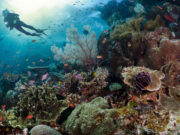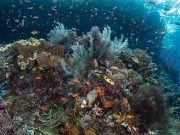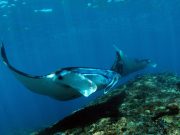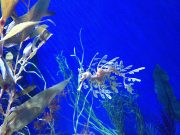Until I read a gorgeous new book on nudibranchs and sea slugs by Tim Nicholson I didn’t think there was a difference. Not so. All nudibranchs are sea slugs but not all sea slugs are nudibranchs.
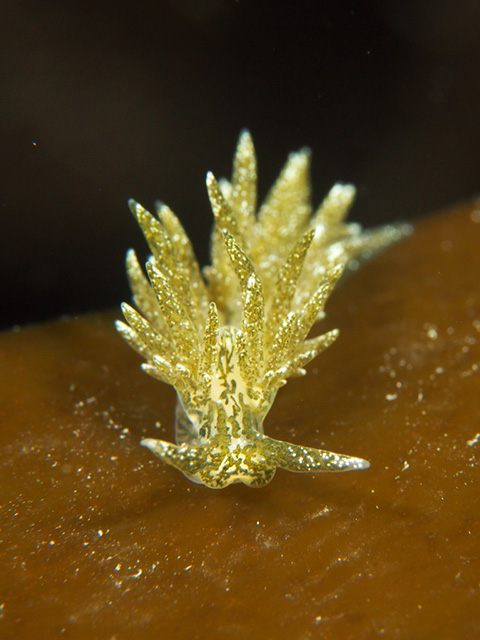
I love nudibranchs. When on a dive I am always excited to see one, especially one I haven’t seen before. I even once rejected doing another dive on “Manta alley” in favour of going nudibranch hunting instead. (And I’m quite fond of manta rays as well.) And after having read Tim’s book I’m now much better informed of how to find the nudibranchs. It’s obvious, can’t think why I didn’t think of it before, they are mostly on, or close to, their food. Find out what they like to eat and you’re half way there. Or if you see their ribbons of eggs, they are often close by.

The book includes 171 exquisite photographs of nudibranchs and other sea-slugs taken in the Irish Sea. It is not only a beautiful identification guide but also offers a broad introduction to the world of nudibranchs. Don’t be misled by the title Nudibranchs and Sea-slugs of the Isle of Man – it is useful both for anyone diving in the British Isles and for those elsewhere who are fascinated with the animals. All the photos, though, were taken in the Isle of Man and referenced by dive site.
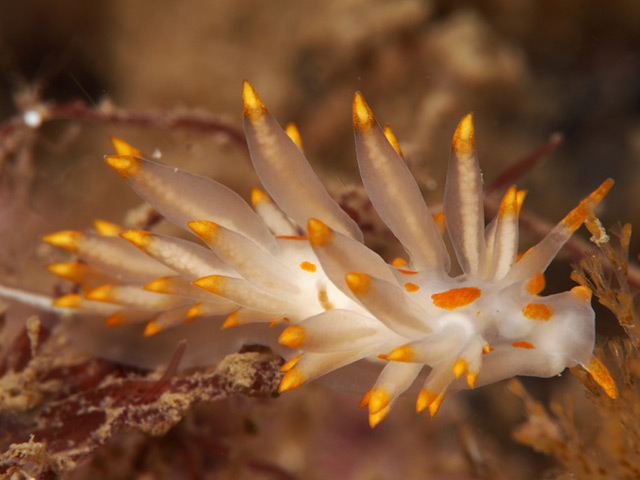
Forty-nine sea slugs are showcased. Where available, the author gives common names as well as their scientific ones. The scientific names seem regularly change as experts discover new relationships, and disagree about old ones. Tim neatly summarises when names are in a state of flux and why some scientists are at odds about where particular nudibranch species belong.

For the underwater photographers, the book also includes a few pages describing the camera equipment used.
My one criticism is the teeny-tiny print-size of the contents (down to 5 pt). It shows all the nudibranchs and sea slugs in alphabetical order, but maybe an index as well in slightly bigger print would have aided quick reference when you know what you’re looking for.
It’s absolutely great for flicking through to identify what you’ve just seen though, with a large photo on the right hand page and the description on the left.

The book is now available from the Sea Search site.
 Image: Heidi Ingun Skillicorn
Image: Heidi Ingun SkillicornDisclaimer, Tim Nicholson is an old friend of mine – we learnt to dive in the same dive club. Many congratulations to Tim on this beautiful book. And if you are at all interested in nudibranchs – buy it.
Tim Nicholson (2022) Nudibranchs and Sea-slugs of the Isle of Man. Drinking Dragon Publications ISBN: 978-2-1-7391354-0-9
PS – And the difference between nudibranchs and sea slugs? Sea slug is the common name for any marine gastropod without a visible shell (slug-like rather than the snail-like) including sea hares, sapsucking slugs, headshield slugs and nudibranchs. A nudibranch is one type of gastropod among many.
Image credits:
- tim-booksigning: Heidi Ingun Skillicorn






